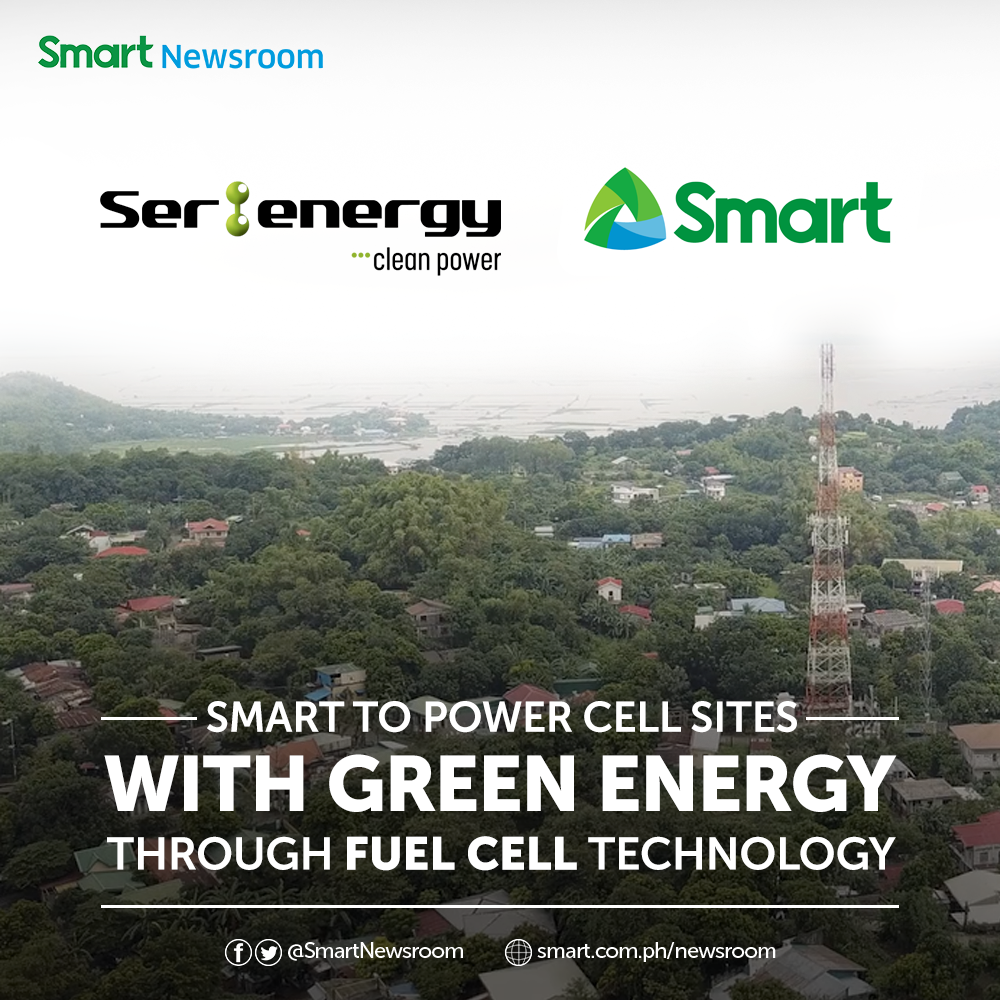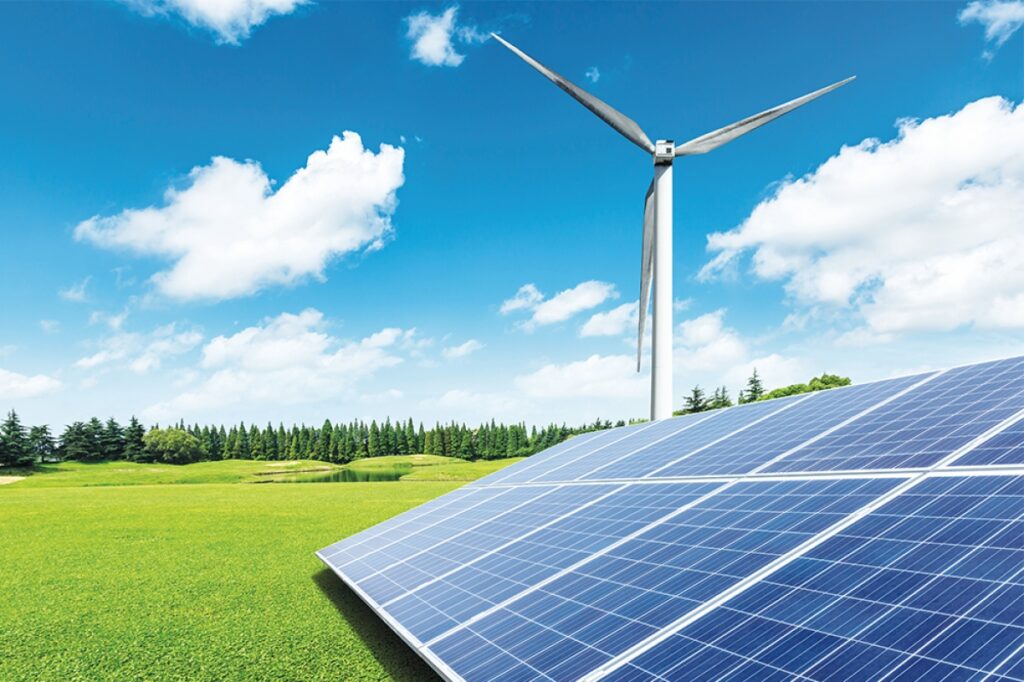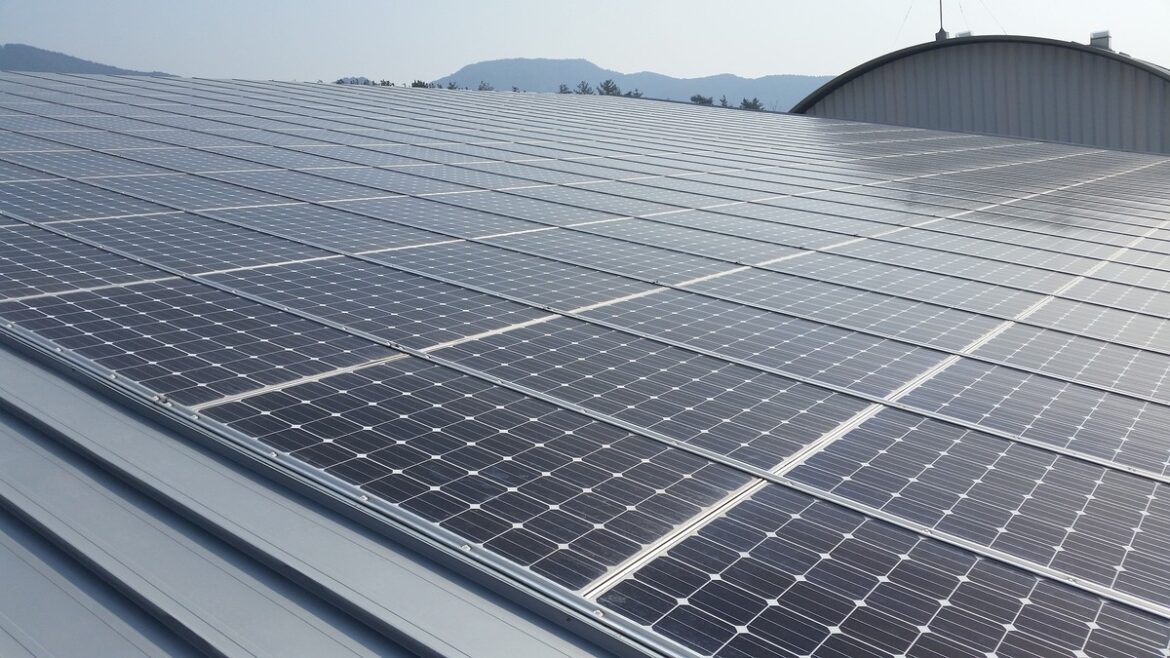Smart Communications has partnered with Denmark-based renewable energy firm SerEnergy to tap into a fuel cell to provide connectivity in challenged-grid areas starting in the second quarter of this year. These significant policy shifts help boost the deployment of cleaner energy sources, to help ensure more sustainable growth for the country.

What is fuel cell technology?
In a fuel cell, hydrogen and oxygen are combined to generate electricity, heat, and water to produce electricity through an electrochemical reaction, instead of combustion. The system is based on methanol-powered fuel, which can be combined with solar, wind, and other renewable resources to present a sustainable, cost-effective ecosystem. Stationary fuel cells provide virtually emission-free power and do not produce particulate pollutants or unburned hydrocarbons. They emit less carbon dioxide than other technologies, and when using fuel generated from renewable sources such as biomass, fuel cells are completely carbon neutral.

“As we face daunting challenges on how to protect our environment and promote more equitable social development, Smart’s cutting-edge technologies can play a significant role in rallying the right socio-environmental mindset and driving a greater sense of responsibility to the planet,” said Al Panlilio, president and CEO of Smart.
Smart’s partnership with SerEnergy accompany its dedication to the Race to Zero campaign of the United Nations and GSM Association as a member of the trade alliance’s Climate Action Task Force. This movement commits to zero emissions from all stakeholders, building back better from the COVID-19 context.
Global campaign “Race to Zero” aims to mobilize leadership and support business cities, regions and investors for a net zero greenhouse gas emissions economy by 2025.
Additional Report: SEREnergy, Daness rivera
Image Source: Smart






